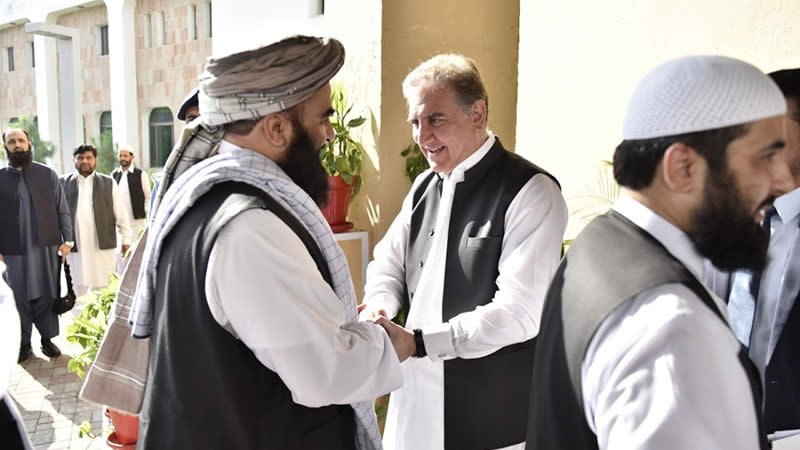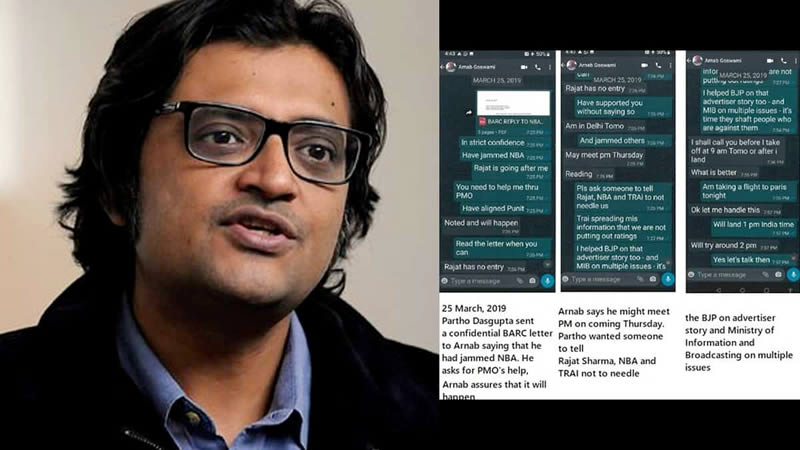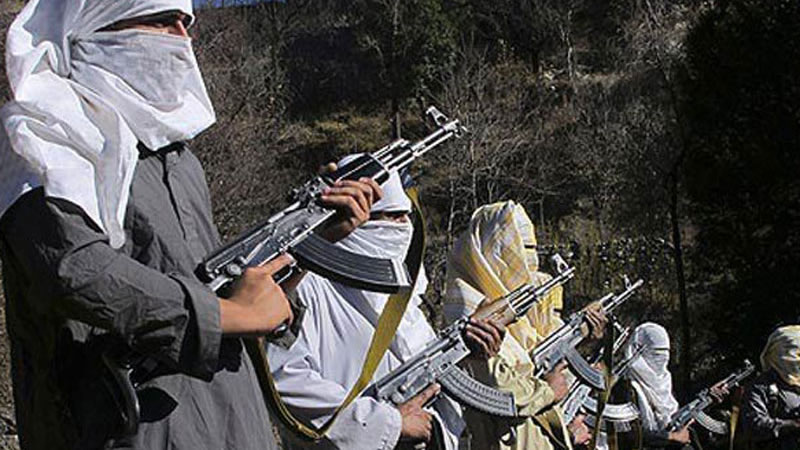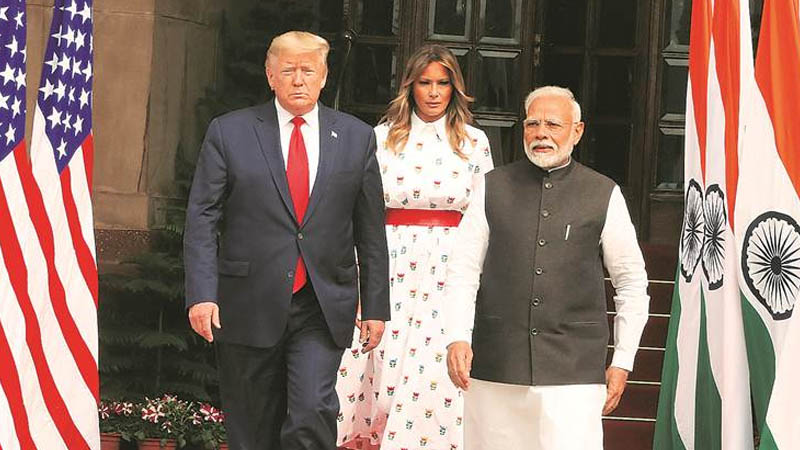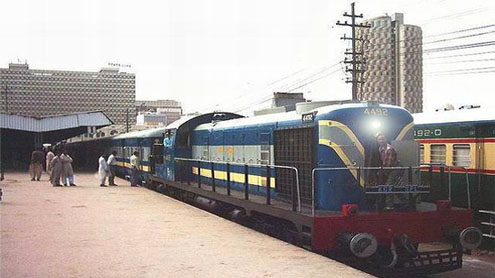 The countrywide protests of unpaid employees of Pakistan Railways (PR) have further exposed the fast deteriorating plight of this public service. PR faces financial bankruptcy and deep-rooted mismanagement.
The countrywide protests of unpaid employees of Pakistan Railways (PR) have further exposed the fast deteriorating plight of this public service. PR faces financial bankruptcy and deep-rooted mismanagement.
The decline in the performance of one of the country’s largest state-owned transport services is a result of massive corruption that has plagued it over the years. PR is at present largely dysfunctional. More than a hundred passenger and good trains have been suspended due to shortage of locomotives and fuel. Bogies of the passenger trains are in a mess. The transport service commonly known as the ‘lifeline of the country’, which used to facilitate large scale movement of people and freight throughout Pakistan, came to a standstill on Monday when its angry employees took to the ‘rail tracks’, suspending rail traffic all over the country.
PR has not only failed to pay its employees’ salaries and pensions but is also a defaulter as it owes millions of rupees to electricity and gas supplying companies, which have disconnected supply of essential utilities to PR’s various residential colonies.To deliberate over the PR’s longstanding crisis, President Zardari held a high-level meeting in the Presidency on Monday to which private sector entrepreneurs were also invited. After much thought, he issued a number of directives to the government, including release of funds within seven days for the payment of salaries and pensions and arrangement of an exclusive loan of Rs six billion for repair and purchase of locomotives and an overhaul of the organisation’s overall structure and functioning.
Unfortunately, the president’s meeting on one of the country’s major crises points to an anomaly in the style of functioning of the present government. It raises a few questions as well. If President Zardari has to sort out issues and issue directives instead of the Prime Minister, what is the use of having Mr Gilani as head of the government? Is not the involvement of the Presidency in the government’s decisions too obvious? Unfortunately, this government has its own distinct manner of dealing with issues. Instead of hitting the nail on the head or anywhere nearby, it keeps waiting for the crisis to deepen and the situation to go out of control. When the pot finally boils over, it tries to handle the crisis through temporary expedients.
No doubt the by now seemingly intractable problems of PR are decades old as all former governments neglected its steady decline and made no arrangements to keep it at par with contemporary standards. Consequently, the organisation with a huge network left by the British in 1947 that was the pride of the country is in a shambles now. It is not just the administrative system but also the pre-existing but now rotting physical infrastructure that has fallen prey to mismanagement and corruption.
The Mughalpura Railway workshops, which had the potential of becoming a locomotive and other rolling stock manufacturing industry (apart from the Risalpur locomotive manufacturing facility, which has sunk without trace), is now not even capable of repairing out of order locomotives standing dormant in the sheds.
At one point, the government of the time imported faulty locomotives from China. Now it has contacted US manufacturers, amongst others, for getting the required locomotives, which are proving quite expensive. The overhaul of PR requires hefty capital, which the government obviously does not have. It has no option but to look to international financial institutions for financial support to help procure the PR new locomotives and refurbish the old ones as well as upgrade rotting infrastructure, including track, bridges, etc.
Above all temporary, fire-fighting palliatives, PR requires a long-term, feasible and comprehensive plan to stand on its feet once again. PR’s breakdown has added an immense load on the public and cargo transport plying on the highways, which is resulting in speedy road depreciation. The PR ministry has to take corrective measures on a war footing before the galloping rot becomes irreversible



